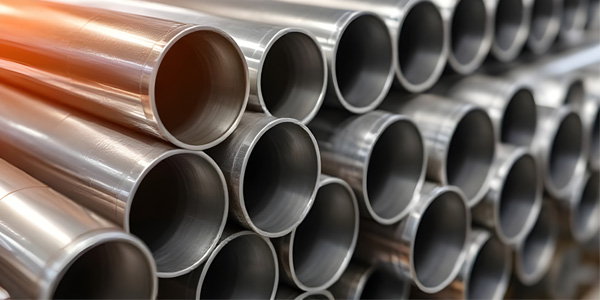
Motorsport is more than just speed. It’s a relentless pursuit of engineering excellence, innovation, and the glory of pushing boundaries. Over the decades, a select few cars have redefined the sport, dominating racetracks, breaking records and capturing the imagination of fans worldwide. These aren’t just cars; they’re legends that changed racing forever.
Ford GT40 – The Ferrari Slayer
In the 1960s, Ford set out to dethrone Ferrari at Le Mans and did so with style. The Ford GT40 wasn’t just a fast car; it was a statement. With a thunderous V8 engine and a low-slung design, the GT40 went on to win Le Mans four years in a row (1966–1969). Its victory in 1966, with a 1-2-3 finish, is still one of motorsport’s most iconic moments.
Why it mattered:
It proved American engineering could beat the best of Europe on the world’s biggest endurance stage.
Porsche 917 – A Turbocharged Legacy
When Porsche unveiled the 917, the racing world took notice. Designed to conquer long-distance races, the 917 delivered Porsche’s first overall win at Le Mans in 1970. Its powerful flat-12 engine and slippery aerodynamics made it a weapon on the straights and terrifying in the corners.
Why it mattered:
The 917 cemented Porsche’s dominance in endurance racing and sparked a turbo revolution that continues today.
McLaren MP4/4 – The Pinnacle of F1 Perfection
With Ayrton Senna and Alain Prost behind the wheel, the 1988 McLaren MP4/4 is widely regarded as one of the greatest Formula 1 cars ever built. It won 15 out of 16 races that season, combining Honda’s powerhouse V6 turbo engine with a sleek, ultra-low chassis.
Why it mattered:
It represented the perfect harmony of driver talent and technological mastery during the golden era of F1.
Audi Quattro – The Rally Revolution
In the world of rallying, nothing hit harder than the Audi Quattro. It introduced four-wheel drive to rally competition, something unheard of at the time. The result? Total domination. The Quattro transformed how rally cars were built and how they handled the world’s toughest terrain.
Why it mattered:
It rewrote the rally rulebook and made AWD the standard for performance in road and competition cars alike.
Ferrari 250 GTO – The Gentleman Racer
The Ferrari 250 GTO is as much a work of art as it is a racing machine. Built for GT racing in the early 1960s, it paired raw V12 power with timeless beauty. It won races across the globe and is now one of the most valuable cars in history.
Why it mattered:
It blended elegance with racing excellence, setting the standard for what a GT racer should be.
Mercedes-Benz W196 – The Silver Arrow Strikes Back
After World War II, Mercedes returned to Grand Prix racing with the W196, a futuristic machine with fuel injection and streamlined bodywork. Driven by legends like Juan Manuel Fangio, the W196 conquered Formula One in the mid-1950s.
Why it mattered:
It symbolised the rebirth of motorsport and technological progress in the post-war era.
Lotus 49 – The Birth of the Modern F1 Car
Designed by the genius Colin Chapman, the Lotus 49 was the first car to use the engine as a structural component of the chassis. Powered by the legendary Cosworth DFV engine, it revolutionised how F1 cars were built.
Why it mattered:
It sparked a new era of design thinking and became a blueprint for future Formula 1 innovation.
Final Lap
These cars didn’t just win races; they changed the game. They introduced new technologies, new philosophies and new levels of performance. Even today, their DNA lives on in the cars we see on tracks and roads around the world.




